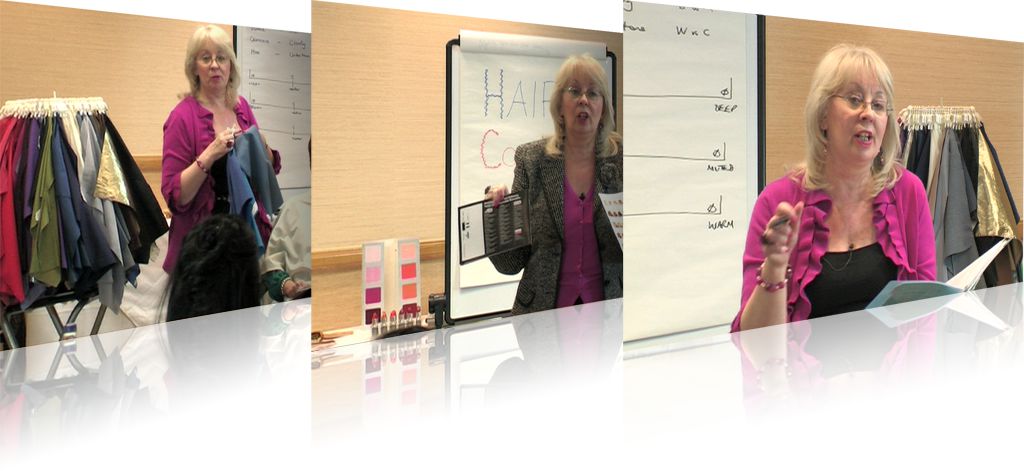Colour is totally and utterly subjective.
There isn’t a scientist in the world who can prove that you and I see the exact same shade of red, blue, green or whatever inside our brain. In any case, we don’t ‘see’ colour at all. Colour is ‘perceived’ by our eyes and brain working together to translate the wavelengths of light we do see into colour. So what colour do you see?
Sir Isaac Newton observed that colour is not inherent in objects. The surface of an object reflects some colours and absorbs all the others. We perceive only the reflected colours. So when an object contains all the other colours of the spectrum except green, then our brain perceives that object as green because green is the only reflected colour.
What shade?
Now this is where it gets really interesting – and it also confuses the heck out of so many.
Green is not just green. Blue can never just be blue. And the same goes for the other 9 basic colour words that are common to English speakers – red, brown, pink, yellow, purple, orange, grey, black and white. There are hundreds, if not thousands, of different hues, shades, tints and tones of green, blue, red, brown, pink, yellow, purple, orange, grey, black and white.
Stop right there!
Write down the colour of your eyes – right now.
- No, don’t look into a mirror
- Write down the colour of your own eyes from memory
After all, you do look at yourself in the mirror every day, don’t you?
Surely you do one or more of these activities which require you to look into a mirror – wash your face, clean your teeth, apply your make-up, dry your hair! Back to the colour of your eyes… If you have written nothing more than blue, brown or green, then you may slap yourself severely around the back of your head. No-one has merely blue eyes. No-one has just green eyes. No-one has only brown eyes.
What shade of blue, green or brown are your eyes?
Get out a dictionary if you can’t think beyond the single colour word and find some fabulous adjectives to describe the hue, shade, tone or tint of your blue, green or brown eyes.
- Are they midnight blue, bright blue, soft mellow blue, grey blue, green blue, sapphire, cobalt, azure, marine, cornflower, sky blue, indigo…
- Are they pale, medium or dark brown? Are they chocolate, sienna, mahogany, chestnut, green brown, yellow brown, red brown…
- Are they sparkling green, turquoise, aqua, emerald, lime, olive, fern green, pine green, leaf green…
A trained image consultant should know that the shade of colour is crucial in the analysis process.
So the more you play with these concepts, the more you will understand and the better you will be able to explain colour to your clients.
You need to become a colour expert!
As a professional image consultant, you really need to grasp the concepts of colour theory in all their glory because, one day, someone will ask you and then you’ll look a right plonker if you don’t even know the basics. Start with Colour Analysis Training in a Box.
You should really consider the business advantages of establishing your status as the colour expert. Expert status gives you kudos and prestige. Your clients want to know that you are the go-to person when it comes to colour. Why on earth would they recommend their friends to you unless they have total confidence in you as a professional?
You have to set yourself apart from the rest of them out there, especially those image consultants who just follow a script and really don’t understand why they’re doing what they’re doing. It’s a very sad fact that these people are ten a penny but you can choose to be different.
Choose to…
Raise your status.
Become an expert.
Make yourself stand out from the crowd.
And then use this information in your marketing. Tell your prospective clients how different their experience will be when they book with you. Becoming a recognised expert means more clients, more bookings, and more income.
